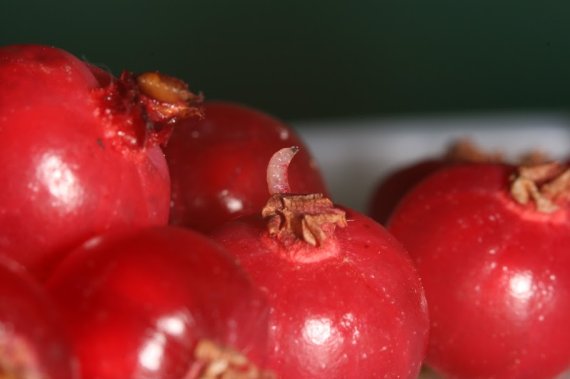The suzuki fruit fly (Drosophila suzukii) has established itself in the Netherlands in recent years and is causing increasing damage to soft fruits such as cherries, blueberries, blackberries and raspberries. Unlike other fruit flies, the suzuki lays its eggs in undamaged fruit still hanging on the bushes. It is a significant nuisance for fruit growers, and nor are allotments exempt as the exotic fly survives there equally well.
In het EU project Dropsa researchers are studying ways to limit the damage. Insecticides are not a good option because there can be no residues of these agents on the fruit by the time the crop is harvested. This has prompted the researchers to explore biological control options. Three fungus products are already commercially available, but they are not effective enough.
This is not the first time the researchers have taken a new insect-killing fungus from nature. One collected earlier was the fungus Metarhizium robertsii, which proved to work well with the lure and kill strategy. This involves luring the fruit flies with pieces of blueberry, after which the fungi is supposed to kill the insects.
To test the method, Plant Research carried out a test in cages of this new fungus and two commercially available fungus products. First, the suzuki flies were released in the cages and after four weeks the researchers counted their offspring. In the cages with Metarhizium robertsii an average of five offspring were found per cage, while in the control cages 83 offspring hatched in the berries, and in the cages containing commercial fungus products there were 70 and 24 offspring.
This test shows M. robertsii to be a promising form of pest control, but the researchers do not yet know whether the lure and kill strategy will also work on farms, where the bait containing the fungus must compete with fruit in the field. If the scent trap containing fungus is used before the fruit is ripe, there is a strong chance this form of pest control will be effective, suspect the researchers. They will be testing this belief in the EU project in 2017.
Asian fly causes trouble for fruit growers

